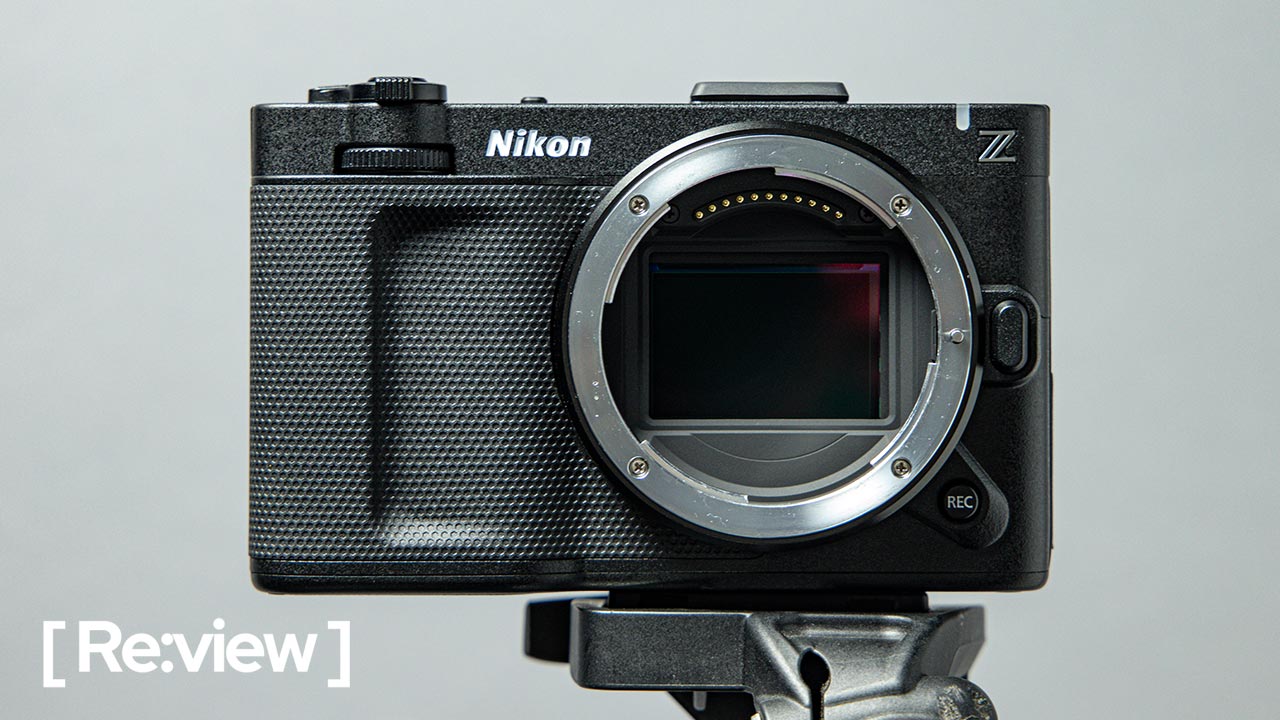
- Equipped with a touch panel that allows you to check camera images on the panel
- IP1000 practical implementation report
Equipped with a touch panel that allows you to check camera images on the panel
Canon will release the control system “RC-IP1000” (hereinafter referred to as IP1000) for multi-camera operation in mid-December 2023. This controller is compatible with high-end video production needs, and has specifications that allow it to handle large-scale event distribution. Since I was able to experience the actual machine a little earlier, I would like to share with you my trial report.
Let’s start by looking at the exterior. My first impression when I opened it and took it out of the box was that it was completely different from the RC-IP100 (hereinafter referred to as IP100). Although the joystick is on the right hand side and the lens control section is on the left hand side, and the size of the LCD part remains the same, it has clearly been reborn as a top-class controller, with additional buttons for camera settings and camera selection, and support for touch focus. .

High-end controller RC-IP1000

When using the IP100, I was confused about operating the “Preset number/Preset group” button at the bottom right of the touch panel while holding the zoom and lever, but with the IP1000, the physical buttons are placed in easy-to-touch positions. There is. Speed adjustment dials such as the pan/tilt speed dial and zoom speed dial are also placed in easy-to-use positions, greatly improving operability.

The most notable feature of this device is that you can now view images on the 7-inch touch panel in the center. The touch panel can be used to switch between video display and settings/menu display. In the past, remote camera operations required a combination of a controller and a confirmation monitor, and operations were performed while checking the camera’s movement and angle of view. Furthermore, in the case of multi-camera systems, it is necessary to prepare multi-view monitors or to prepare displays for each camera, making it difficult to prepare and transport the equipment.
Anyone who has experienced such hardships must have at least once thought, “I wish I could attach a monitor to my controller.” Canon has finally made that dream a reality.
The 7-inch LCD panel is bright enough for monitoring.

Another feature of this unit is that it supports camera video input from IP. Compatible cameras are “CR-N700,” “CR-N500,” “CR-N300,” “CR-N100,” and “CR-X300,” making it possible to control up to 200 remote cameras. Camera monitoring via SDI or IP is also possible, and in the case of multi-cameras, images from up to 9 cameras can be displayed in 2×2 or 3×3 formats as needed.
In the case of multi-camera input, you can switch the camera you want to operate from not only the camera selection button on the main unit but also the image on the touch panel. Real-time operability is achieved with minimal steps. Up until now, it was only possible to check IP video without a separate converter or monitor, but as far as I know, this is the first time that it has been possible to check it with a device like IP1000.

The interface is equipped with 12G-SDI input and output on the rear panel. Since it supports through-out output, it can be used by inserting IP1000 between the remote camera and the switcher. It’s great to be able to output through-out on the controller side without having to prepare a separate distributor. Monitor images can also be viewed from HDMI output. Since IP video can be output via SDI or HDMI, it is also possible to check it on a large monitor on-site.

The video below summarizes how the video is first displayed on SDI and then on IP. SDI video can be displayed without any delay, while IP video has a slight delay. IP video may take some getting used to, but being able to check SDI and IP input on the main unit is still a revolutionary feature.
IP1000 practical implementation report
From here, we will deliver a report on the implementation of IP1000 in the video production work of the Toyama Prefecture growth strategy conference “Happy Toyama” and the “Toyama Video Festival 2023” which will screen video works with Toyama prefecture as the theme. We mainly tested the combination of IP1000 and CR-N700.

First, let’s talk about how it looks when set up. Since the IP1000 has a controller and monitor all in one unit, I thought it would be perfect for a streaming table with limited space. While setup time is limited, being able to omit the work of installing and distributing monitors for operators is a great blessing.
For example, it used to take about 30 minutes to connect monitors, etc., but with IP1000, all you have to do is connect the controller, network switch, and camera, so it can be completed in less than 10 minutes.


Support for PoE+ input, which supplies power using a LAN cable, also helped. This is a major feature since its sister model, IP100, is not compatible. At these two sites, everything from the remote camera to the controller is powered by PoE, further reducing setup time. The benefits of being freed from power cables are enormous.
By the way, if you want to operate with DC, you can also use an XLR jack (4 pin) (AC-DC adapter sold separately). PoE can exceed the power supplied and the power outlet can be accidentally disconnected. It would be an option to run both to ensure redundancy.
Another nice point is that the IP1000’s preset functions have been improved so that they are displayed on the touch panel with names. Please refer to the photo below, “1” means “home” and returns to the home position. “4” is “Center” and returns to the center position. It is possible to give names that are easy to understand by setting the name of the speaker.
Even if you could use preset functions with previous controllers, it was often difficult to tell what the function was just by looking at the preset number. Previously, we had to put masking tape with notes on the controller and screen, but now we can eliminate that work.

Preset functions can be executed not only using the touch panel, but also using the physical buttons below the touch panel. Another advantage is that you can use both the touch screen and physical buttons.

The trace function is a powerful feature that allows you to actually record your movements. This is a frequently used function that can be executed with the push of a button. It was a function that could also be used with IP100, but it was not possible to give it a name. The IP1000 allows each setting of the trace function to be given a name, further improving convenience.

*Click on the image to enlarge
In the monitoring state, a focus frame is displayed when a person is recognized, and focus control becomes possible. With the IP100, it was not possible to use the built-in functions alone, and the AF could not be controlled without using a remote camera control app. On the other hand, with the IP1000, it was very convenient to be able to select AF for the speaker using the touch panel.
Lastly, I couldn’t try it in this test, so I’ll just introduce it here, but the RC-IP1000 is equipped with two D-SUB 25 pins as tally terminals. It is also possible to connect to another company’s switcher, display the tally signal, and send it to the camera side. Normally, this is achieved using a unit such as a GPI conversion box, but the RC-IP1000 itself has the advantage of acting as a hub for outputting tally lamp signals.
Although we haven’t used all of the IP1000’s functions in this review, I think we were able to give you a feel for its potential. The advent of IP1000 will enable IP-based video production and camera work with multi-camera and tally support. In the future, it is likely to be used more and more in the field of live TV programs and large-scale live events.










